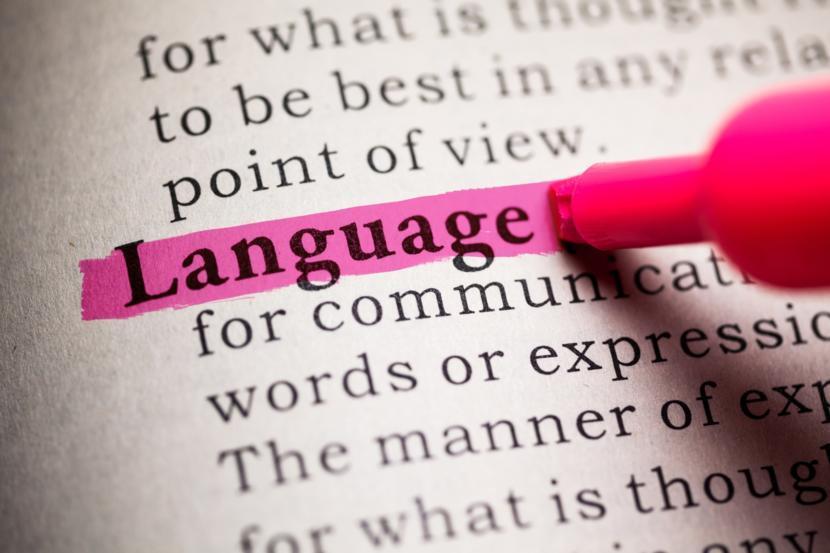Autism: Why It's Important to Consider Identity-First Language

When discussing autism, it’s easy to get caught up in conversations about genetics and DNA that can often feel detached from the everyday experiences of people with autism. The research being done in these areas and the discussions that surround them are undoubtedly important. New studies and data sets continue to reveal more information about autism that researchers and medical providers are using to better understand the condition, diagnose it, and treat it. While this work is crucial in the ongoing fight against autism, there’s another side to the discussion that shouldn’t be forgotten. All of the data that’s being collected about autism relates to particular individuals who are impacted by the condition on a daily basis.
There are various initiatives that deal less with the biological side of autism and more with the effects the condition has on someone’s regular life. Initiatives such as support groups or educational programming tailored to an individual’s needs address the more practical side of life with the condition and are crucial for helping people with autism cope in a world that assumes neurotypicality. Similar to these kinds of initiatives that are designed to assist and shape the community that already exists is an ongoing discussion about the importance of language.
While it may seem like a small issue at first, various thinkers in the autistic community are calling for a renewed discussion about how we talk about autism.
What is identity-first language?
Currently, the discussion about language and the autistic community is centered around two different strategies for discussing disabilities: identity-first or person-first language. Both strategies are broad terms that apply to disabled communities across the board, not just autism, but they certainly apply to autism. Person-first language has been the dominant strategy for discussing disabilities since the 1990s when the “Education for All Handicapped Children Act” was renamed to the “Individuals with Disabilities Education Act.” While this shift in language certainly didn’t mandate any new way for talking about disabilities, it represents a cultural move towards identifying persons with disabilities first as a person and then with his or her disability rather than the other way around. Essentially person-first language would describe an individual as “a girl with a disability” while identity-first language would term it “a disabled girl.”
Person-first language has been considered more politically correct and been more widely used in recent years, but advocates are beginning to challenge that practice. On the surface, person-first language might seem like the best option. The goal of person-first language is to prioritize the individual over his or her disability by emphasizing his or her personhood first. While person-first language is certainly well intentioned, advocates and disabled people alike are beginning to point out some of the insufficiencies and problems with this approach.
The problem with person-first language
Recognizing that disabled individuals are humans is undoubtedly important. When you consider that during certain periods in history disabled individuals were thought of as incomplete or less than totally human, then it’s easy to understand why advocates would have wanted to adopt a language that emphasized and reaffirmed their personhood. But for disabled individuals trying to cope in a world that often overlooks them, person-first language doesn’t always paint an accurate picture.
When we use person-first language we describe a disabled person as if they just have some additional part of them that is different. A girl with autism may give the impression that a person is like all of her neurotypical peers, except for this one small thing that’s different. Disabled individuals and advocates alike are pointing out that this idea doesn’t accurately represent what life is like. For disabled individuals, their disability encompasses their whole life. That’s not to say that an individual should be defined solely or even primarily based on a disability, but at the same time, someone with a disability can’t ever escape his or her disability. For an autistic person, autism will always be a part of his or her world. Someone with autism doesn’t see the world like a neurotypical person 90% of the time and then 10% as someone with autism; rather, he or she has a perspective on life that has been shaped by this condition. When we use person-first language, we relegate disabilities to the backseat which can often lead to ignoring them and the very real effects they have on individuals.
Why is it important?
A shift towards identity-first language and away from person-first language certainly isn’t an attempt to diminish an individual’s humanity; however, it is an attempt to accurately portray that individual’s experience in light of his or her disability. Because a disability is inescapable, it necessarily impacts the ways in which a person develops and interacts with the world. While it may not be intrusive into every part of an individual’s life, and individual can’t remove that part of himself or herself or pretend that it doesn’t exist. By using identity-first language, disabled persons are better able to accurately portray their reality to others.
Some advocates have made the comparison between how we use language to talk about disability to how we use language to talk about other identifying factors. For example, when discussing race or ethnicity, we often use language that is identity-first, an African American person or Latino person instead of a person who has ethnic roots in Africa. Even when we discuss more basic attributes, we typically use identity-first language. Think about physical descriptors, we’ll say a tall person, not a person who has abnormal height. Advocates have pointed out that when it comes to disabilities, we do the opposite, addressing the person-first and then putting their disabling condition in a subordinate position.
When it comes to people with autism specifically, advocates point out that identity-first language can actually be very helpful. Because autism can be somewhat invisible at first, especially if an individual has a milder form of the condition, it can be difficult for others to recognize. While it may not present physically, autism will still affect how an individual acts. When trying to navigate the world, it can actually be very helpful for others to be aware that someone has autism. If someone with autism is allowed to identify himself or herself with the condition, then he or she may be able to better explain differences in behavior and neurotypical individuals may be more receptive to these differences. Additionally, identifying the condition upfront may continue to reinforce the message that autism is nothing to be ashamed of. People with autism should be able to let others know their condition without being afraid that it will diminish their value and without feeling like it’s something that needs to be hidden.
Final thoughts
There are a host of different issues that are concerning to the autistic community. With new advances in research and technology, it’s easy to feel like a discussion about language is secondary in importance to some of these more pressing matters. But language is actually incredibly important. While learning more about autism from a biological level will reveal new information that can be used to treat the condition, learning more information about autism from a human perspective will reveal new information about how best to adapt to life with the condition. The discussion about using identity-first or person-first language isn’t new, and it’s most certainly not over, but it’s definitely important.
References
http://autisticadvocacy.org/about-asan/identity-first-language/
https://www.bustle.com/p/what-is-identity-first-language-should-you-use-it-74901












